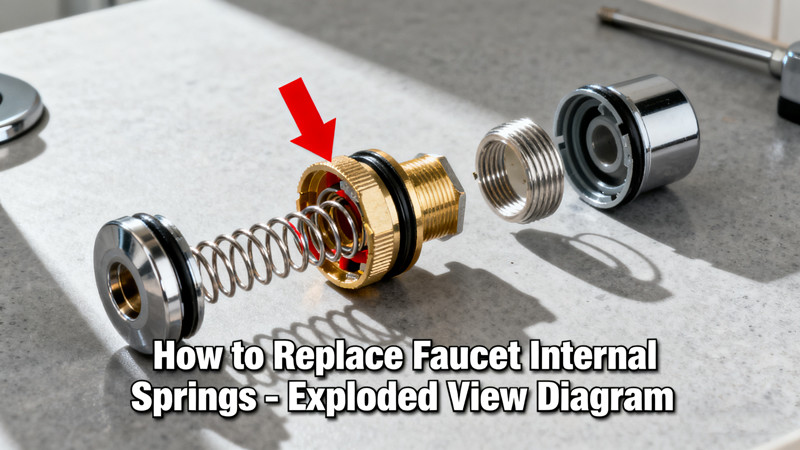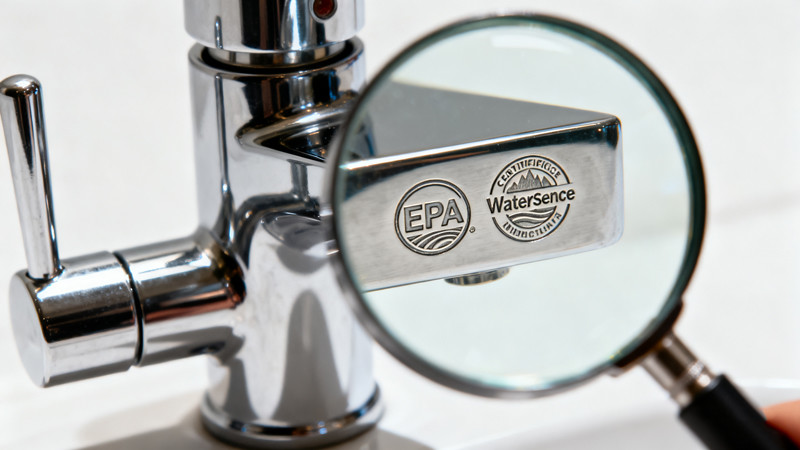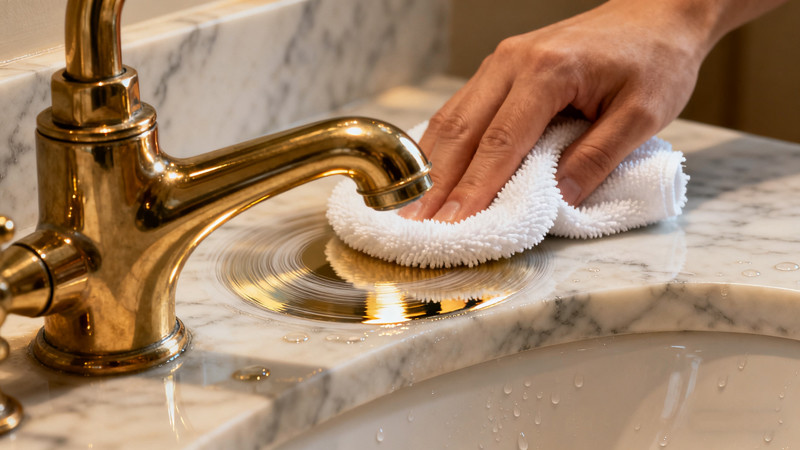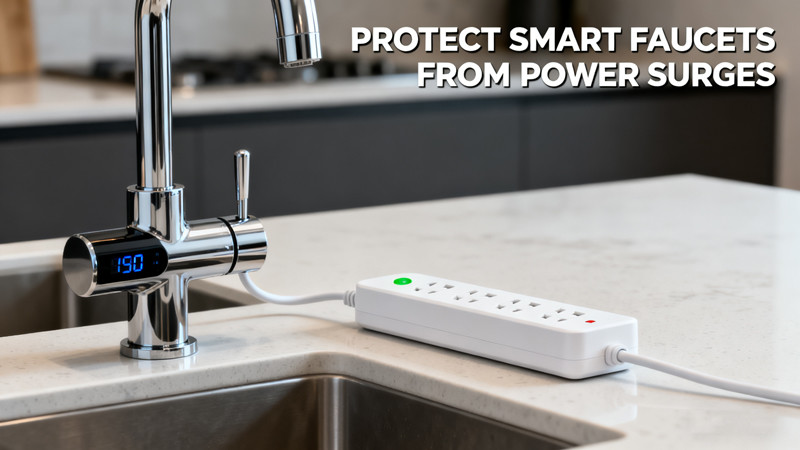
A kitchen faucet is an essential fixture in every household, providing a steady flow of water for various tasks. However, it can be frustrating when you turn on the faucet and notice a pulsating or sputtering water flow. Not only does it disrupt the water flow, but it can also lead to water wastage and inconvenience. Why does my kitchen faucet pulsate? In this article, we will explore the reasons behind a pulsating kitchen faucet and provide effective solutions to fix this issue.
Why does my kitchen faucet pulsate
Air in the Water Line
One of the most common causes of a pulsating faucet is air trapped in the water line. This can occur during plumbing repairs, system maintenance, or when the water supply is turned off temporarily. When air enters the water line, it disrupts the smooth flow, resulting in pulsations.
Sediment Buildup
Over time, mineral deposits and sediment can accumulate inside the faucet aerator or cartridge. These deposits restrict the flow of water, leading to uneven pressure and pulsations. Sediment buildup is more prevalent in areas with hard water, which contains a high concentration of minerals.
Faulty Pressure Regulator
A malfunctioning pressure regulator can also cause a pulsating faucet. Pressure regulators are responsible for maintaining a consistent water pressure throughout the plumbing system. If the regulator fails, it can result in fluctuations in water pressure, causing the faucet to pulsate.
Clogged Water Supply Valves
Water supply valves, particularly those located near the faucet, can become clogged with debris or mineral deposits. This restricts the water flow and can lead to pulsations.
Damaged or Worn-out Components
Faulty or worn-out components within the faucet itself can contribute to pulsations. For instance, a damaged diverter valve or worn-out seals and gaskets can disrupt the water flow, causing irregular pressure and pulsations.
How to Fix a Pulsating Faucet
Flush the Water Line
To eliminate air from the water line, turn off the faucet and then turn on the main water supply valve fully. Let the water run for a few minutes to flush out any trapped air. Start by turning on the cold water, followed by the hot water. This process helps restore the smooth flow and eliminates pulsations.
Clean the Faucet Aerator
Remove the aerator, which is typically located at the tip of the faucet, and clean it thoroughly. Soak the aerator in vinegar overnight to dissolve mineral deposits and sediment. Use a small brush to scrub away any remaining debris. Rinse the aerator and reinstall it onto the faucet. This should improve the water flow and reduce pulsations.
Check the Pressure Regulator
If you suspect a faulty pressure regulator, it’s best to consult a professional plumber. They can inspect the regulator and replace it if necessary. A well-functioning pressure regulator will ensure a consistent water pressure, eliminating pulsations.
Clean or Replace Water Supply Valves
Examine the water supply valves near the faucet and clean them if they are clogged. Shut off the water supply, remove the valves, and use a wire brush or vinegar to remove any debris or mineral buildup. If the valves are too damaged or clogged to be cleaned effectively, consider replacing them.
Inspect and Replace Damaged Components
If the above steps do not resolve the issue, inspect the internal components of the faucet. Check for any damaged or worn-out parts, such as the diverter valve, seals, or gaskets. If necessary, replace these components with new ones to restore the proper water flow and eliminate pulsations.
Conclusion
A pulsating kitchen faucet can be a frustrating problem, but with the right knowledge and troubleshooting steps, it can be resolved. By understanding the potential causes, such as air in the water line, sediment buildup, faulty pressure regulator, clogged water supply valves, or damaged components, you can take the necessary steps to fix the issue.
Start by flushing the water line to remove any trapped air and restore a smooth flow. Cleaning the faucet aerator is another crucial step, as it helps eliminate mineral deposits and sediment that may be causing the pulsations. If you suspect a faulty pressure regulator or clogged water supply valves, it’s best to seek professional assistance to ensure proper inspection and resolution.
In some cases, damaged or worn-out components within the faucet may be causing the pulsations. Conduct a thorough inspection and replace any faulty parts, such as the diverter valve, seals, or gaskets, to restore the normal water flow.
Remember, if you’re uncertain about any of the steps or if the issue persists after troubleshooting, it’s advisable to consult a professional plumber. They have the expertise and experience to diagnose and fix complex faucet problems.
Maintaining a healthy and functional kitchen faucet is crucial for the smooth functioning of your kitchen activities. Regular cleaning and maintenance, such as descaling, can help prevent sediment buildup and prolong the life of your faucet. Additionally, addressing any leaks or drips promptly can prevent further damage and potential pulsations.
By taking proactive measures and following the steps outlined in this guide, you can successfully troubleshoot and fix a pulsating kitchen faucet. Enjoy the convenience of a steady water flow and bid farewell to the frustrations of a pulsating faucet.
 WOWOW Faucets
WOWOW Faucets




